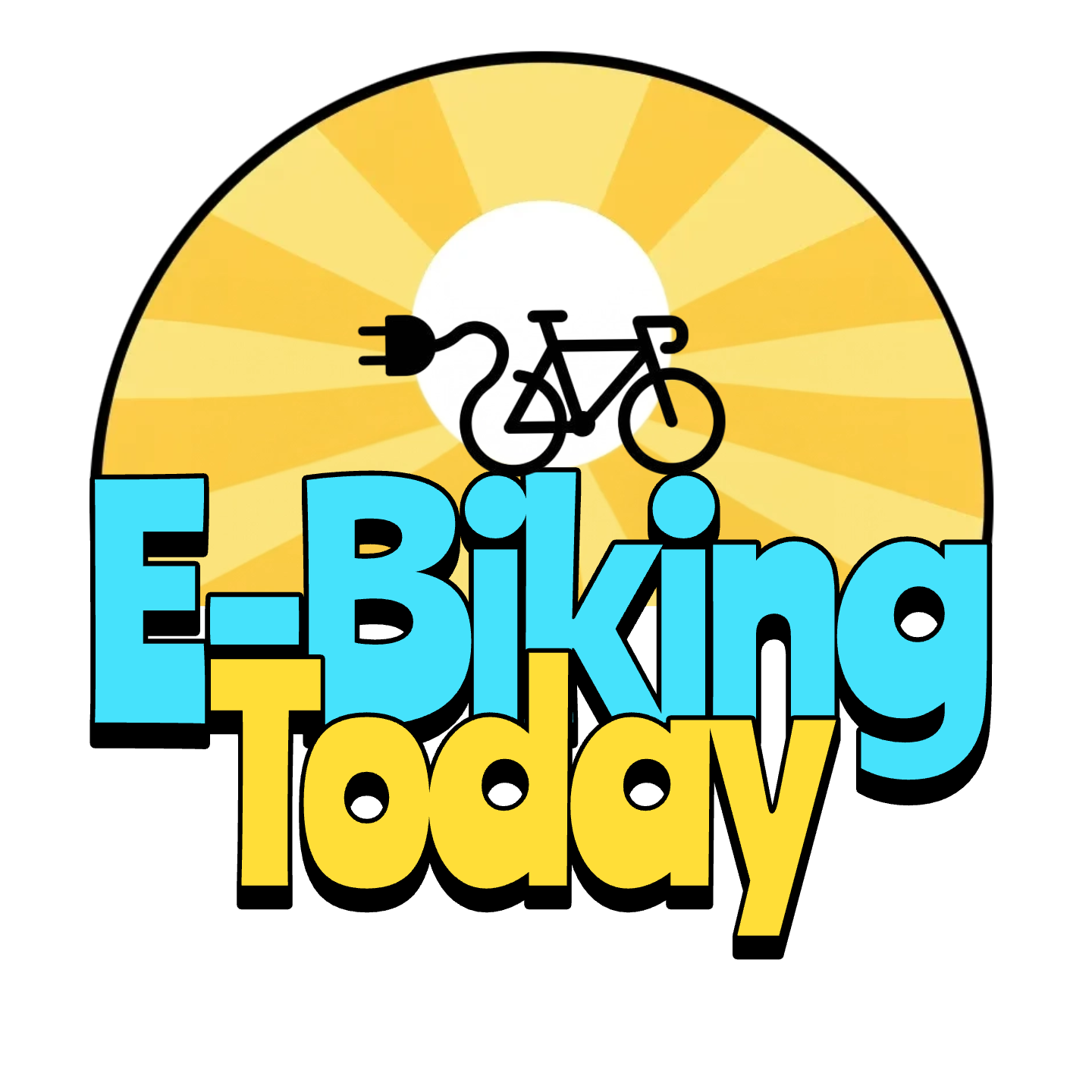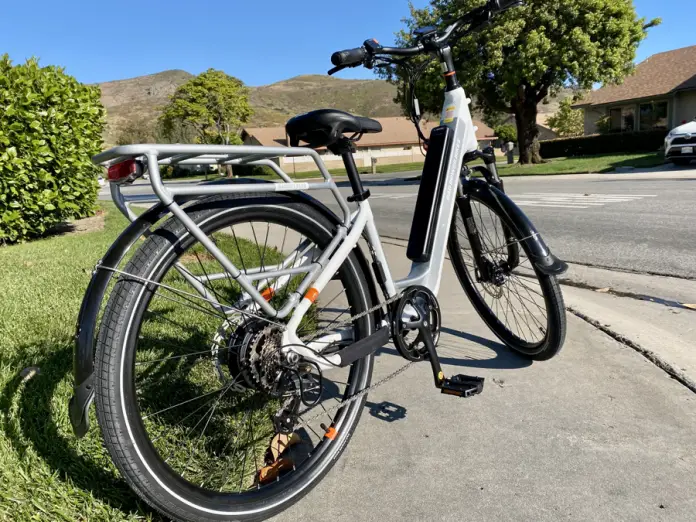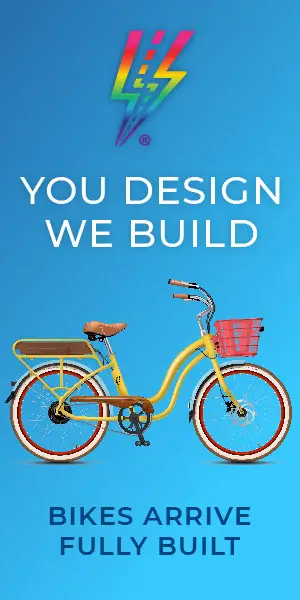🚨 Attention, E-Bike Riders: The 2025 Laws Are Here, and They’re Not What You Think! 🚨
If you love the freedom of riding your e-bike, you might want to sit down for this. California has dropped a regulatory bombshell on e-bike riders, and the changes could fundamentally alter the way you ride. New rules are cracking down on throttles, motor power, and battery safety, and it’s not just California—other states are watching closely and may follow suit.
So, what does this mean for you? For some, it means costly modifications to make their e-bikes legal. For others, it could mean an outright ban on their current ride. If you rely on your e-bike for commuting, recreation, or delivery work, these laws might create more headaches than solutions. But don’t panic just yet. I’m going to break down exactly what’s changing, why lawmakers are doing this, and what you can do to keep riding without getting hit with fines or penalties. Let’s navigate this mess together.
As of 2025, several U.S. states have implemented new regulations affecting e-bike riders. These laws aim to enhance safety and standardize e-bike classifications but have raised concerns within the riding community.
California’s Legislative Changes: What’s Getting Banned & Restricted? 🚴♂️
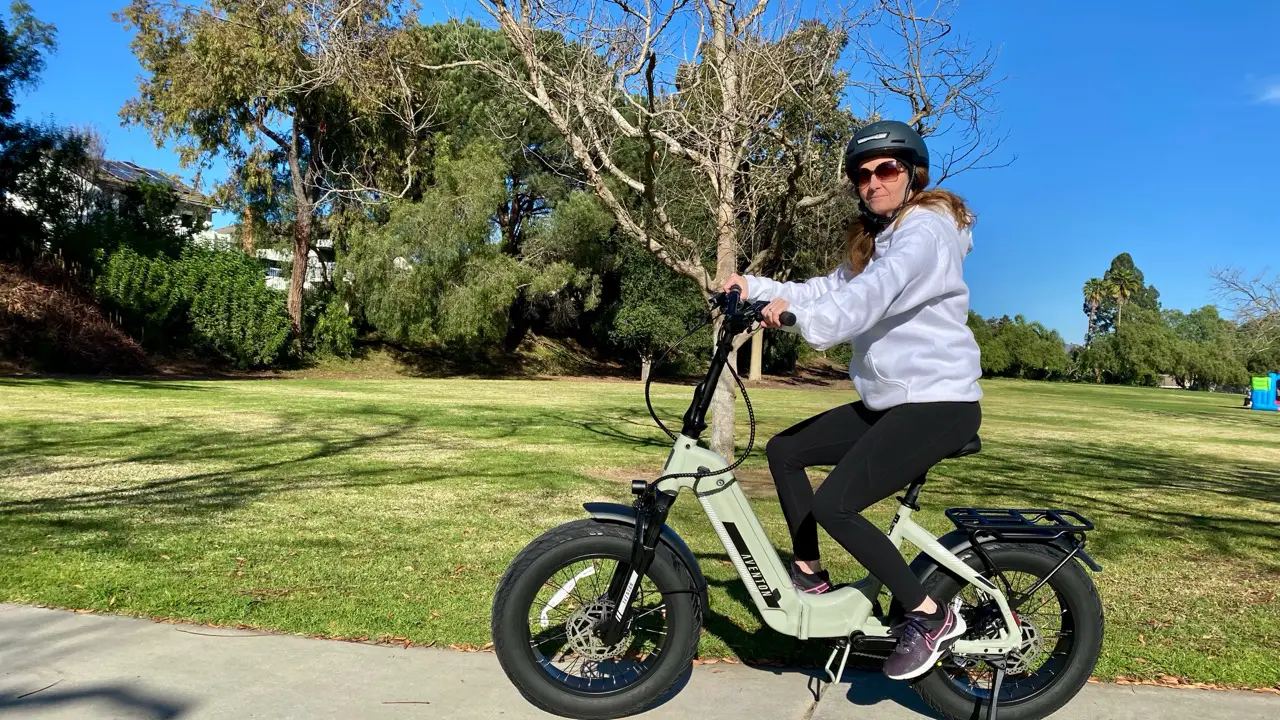
California has officially tightened the reins on e-bikes with Senate Bill 1271, and if you own a high-powered or throttle-assisted e-bike, you might be in for a rough ride. Here’s what’s changing:
1️⃣ No More Throttles on Class 3 E-Bikes
If you’ve been cruising on a Class 3 e-bike (which allows pedal assistance up to 28 mph), the days of throttle-powered acceleration are over. Under the new law, Class 3 e-bikes can only use pedal assistance—no throttle, no exceptions. That means if your bike has a throttle, you’ll either have to disable it or downgrade your bike to a Class 2 (which is limited to 20 mph with throttle).
Why the change? Lawmakers claim throttles on high-speed e-bikes make them too much like mopeds and could lead to more accidents. But here’s the kicker—there’s little data proving that throttles themselves are the problem. This means that many riders who rely on throttle boosts for quick acceleration (especially in traffic or hilly areas) are now left scrambling for alternatives.
2️⃣ Motor Power Limits Are Now Strictly Enforced
Technically, e-bike motors were already supposed to be capped at 750 watts, but there was some wiggle room. Many manufacturers designed motors that could peak higher under certain conditions, which gave riders more power when needed. That’s no longer allowed. The new law clearly states that any e-bike exceeding 750W is illegal for street use.
This means that some popular e-bike models, including high-performance commuter and cargo bikes, may suddenly be classified as illegal. If your e-bike falls into this category, you may be looking at costly modifications—or the risk of fines if you get caught riding it.
3️⃣ New Battery Safety Requirements (Fire Hazard Crackdown)
California isn’t just targeting speed and power—it’s also going after e-bike batteries. Due to an increasing number of lithium-ion battery fires (especially in New York City), the state is requiring all e-bike batteries to meet strict safety certifications.
While safety is important, this means many cheaper, budget-friendly e-bikes could be pushed out of the market if they don’t meet the new standards… and this means more expensive batteries for us.The law is aimed at preventing fires from low-quality, off-brand batteries, but if you’ve ever bought an aftermarket battery to extend your range, you may want to double-check that it complies with the new rules.
🚴♂️ What These New Laws Mean for Riders & How to Stay Ahead of Them

Let’s be honest—these laws feel like they’re punishing responsible e-bike riders more than they’re solving real safety issues. Isn’t it just a few riders making the rest of us look bad? And what about our safety? How about giving riders more dedicated bike paths? Or protecting us from illegal electric motorcycles marketed as “e-bikes”? Or making cars drive more responsibly? The truth is, taking away a throttle for commuters who need to get to work quickly removes their ability to ride with traffic and get through intersections safely.
Although there are lots of changes to be made that will improve safety for e-bike riders, let’s focus on what you can do right now
to protect yourself and keep riding legally:
✅ Check Your E-Bike Specs: If you own a Class 3 e-bike with a throttle, consider disabling it or reclassifying your bike to avoid fines. If your motor exceeds 750W, check with your manufacturer about legal modifications. Basically, you’ll need to decide whether you want a faster bike without a throttle, or one limited to 20mph WITH a throttle.
✅ Verify Your Battery: If you’ve bought a third-party battery, make sure it meets California’s new safety standards. Otherwise, you could face restrictions or even be forced to replace it.
✅ Stay Informed & Speak Up: These laws were pushed through with little rider input. Get involved with local advocacy groups, sign petitions, and contact your representatives to demand better e-bike policies that balance safety with rider rights.
E-Bike Advocacy Groups
Links to these e-bike advocacy groups below will help you get started.
What This Means for the E-Bike Industry
The e-bike industry is already adapting to these evolving regulations:
- Design Innovations: Manufacturers are developing models that align with new legal requirements, focusing on safety and compliance without compromising performance.
- Advocacy Efforts: Industry groups and rider communities are engaging with policymakers to balance safety concerns with the practical needs of e-bike users.
🚴♂️ Other States Watching Closely—Could Your State Be Next?
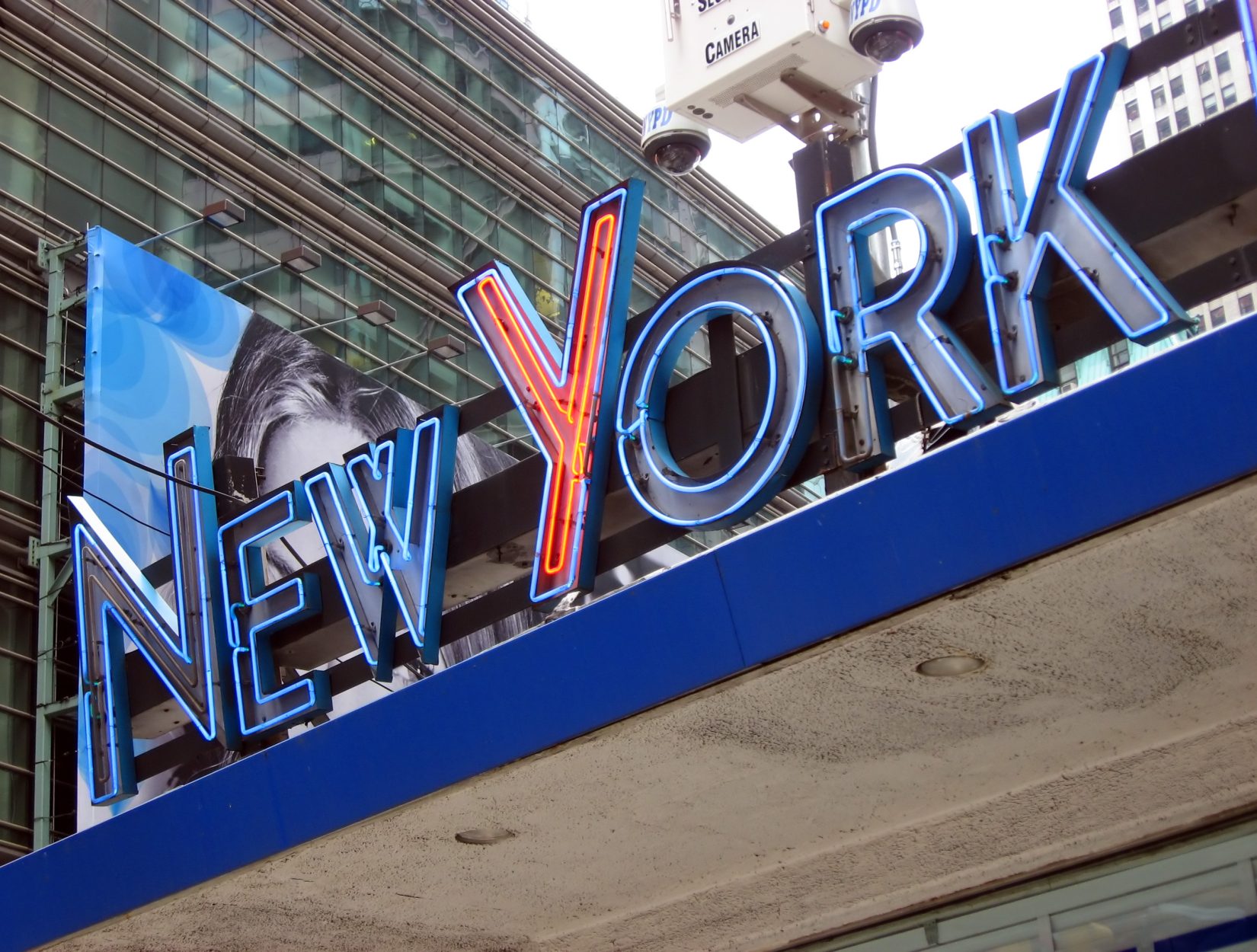
California isn’t alone in tightening e-bike regulations. Other states, including New York, are considering even stricter laws.
New York’s Proposed Registration & License Requirements
A new law in NYC, called “Priscilla’s Law,” is proposing something that could be even worse—requiring all e-bike riders to register their bikes and get license plates. Lawmakers argue this will cut down on reckless riding and hit-and-run incidents, but it also creates more hurdles for everyday riders, especially delivery workers who rely on e-bikes.
The biggest concern? If a registration system is implemented, it could open the door for insurance requirements, similar to motorcycles. That would be a game-changer—and not in a good way.
🚴♂️ The Future of E-Bikes: What’s Next?
E-bikes are here to stay, but the industry is at a turning point. With stricter laws on the horizon, we’re likely to see:
📉 More expensive e-bikes due to compliance costs.
⚙️ More legal gray areas as states struggle to define e-bike classifications.
📜 More lobbying efforts from both safety advocates and e-bike manufacturers.
The good news? This new California E-Bike law is NOT a ban on electric bikes… they aren’t going anywhere. The demand for electric mobility is skyrocketing, and while these new laws might be frustrating, they’re not the end of the road. With enough rider support and industry pressure, we could see more reasonable e-bike laws in the future.
🚴♂️ Bottom Line: Don’t let these new rules stop you from riding—but stay informed, make adjustments where needed, and keep pushing for better policies. And most importantly… enjoy your ride!
